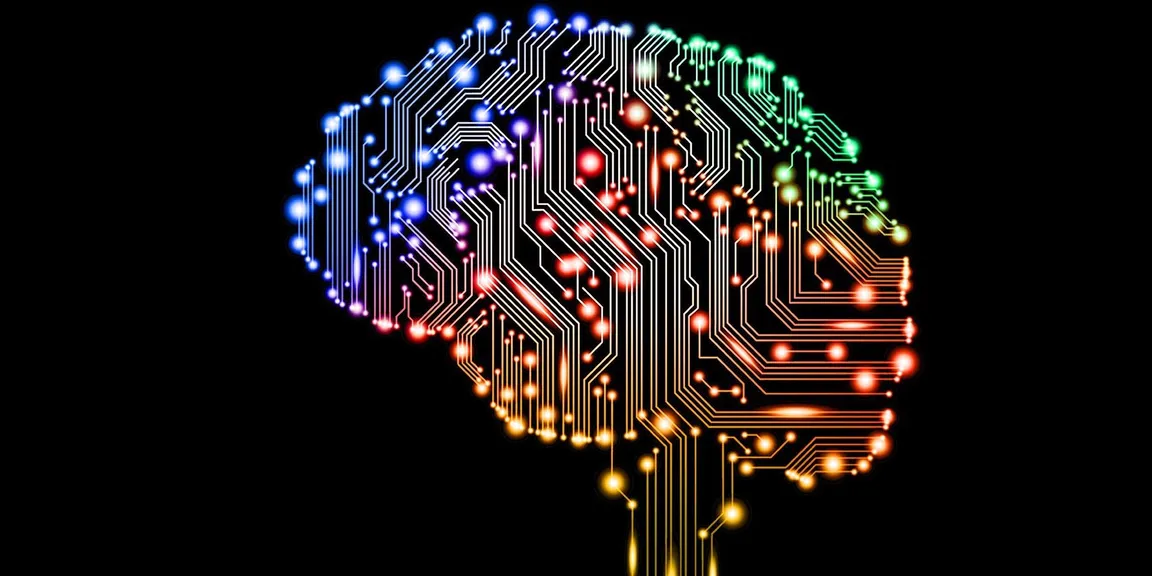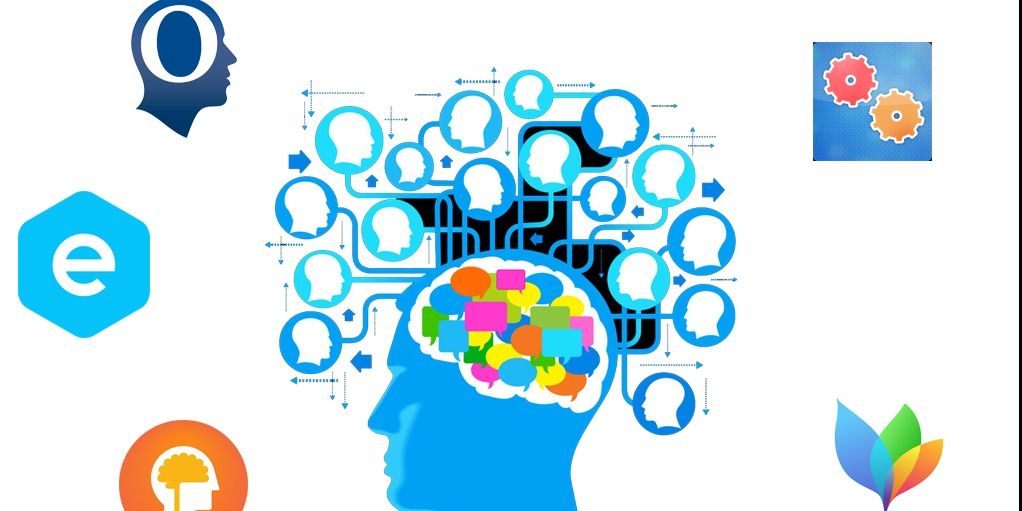

Neural Graphic Technology: The Latest Disruption in AI
Neural graphics/ neural art which is a subset of creative artificial intelligence i.e. AI which learns to develop creative content. Many organizations are experimenting with AI to develop creative content like art, jokes, music etc. Some of the examples are “machine music composition” or “TV show script generation” or “human level dialogue generation” that uses AI to generate creative content.
However, before delving further in the discipline of Creative AI and neural art explicitly, let us first understand the relationship between intelligence and creativity.
Creativity and Intelligence:
Creativity is primarily utilizing and expressing original ideas, and hence is considered to be difficult to copy or mimic for both, humans and AI. So far, we have understood and started utilizing the power of AI in automating mundane tasks. Many researchers in their literature have included creativity, either explicitly or implicitly, as a key component of intelligence. In fact, one of the famous researchers and psychologists, Robert Sternberg, in his Triarchic theory deduces that creativity is an ability of an individual to learn and transfer the information from one problem to another.
The question that now arises is whether we can create “artificial creativity/computational creativity” in the same way we were able to create “artificial” intelligence.
Even though a metric doesn’t exist that can be used to measure creativity either in humans or AI system, many researchers in AI believe that creativity is a by product of measuring and optimizing the learning process. With the same thought, one of the revered personalities in the Artificial intelligence community, Jürgen Schmidhuber, known for his work in the field of Recurrent neural network, in his paper “Formal Theory of Creativity, Fun, and Intrinsic Motivation”, suggested reward based learning which is based on the concept of maximizing reward to an AI algorithm for the active creation or discovery of novel, surprising and acceptable data pattern. Such algorithms are currently employed in the filed of generative adversarial network (GAN) which unlike other neural networks require less data to be trained and to generate desired output.
There is another school of thought, which instead of developing completely new set of algorithm learns to mimic existing creative content. Neural art is one such branch of “creative intelligence” where a novel artistic image is generated through neural networks by mixing the content and style (mimicking painting strokes) representation from two different source images.
Getting Up, Close and Personal with the Neural art
In the real world, imitating an artwork evolved Pastiche works. Unlike other forms of mimicking, Pastiche instead of mocking, celebrates the work it imitates.
Though style/ stroke imitation from one image to another isn’t a new concept in image filtering (i.e. in digital world) but previously developed algorithms were incapable of generating novel acceptable art in real time. In the year 2015, LA Gatys and his team at Bernstein Center for Computational Neuroscience, Germany extended the power of neural network in image painting, variants or which later became the inspiration for many research publications along with some mobile applications like Prisma, Vistoso, Artisto etc.
A Neural Algorithm for Artistic Style utilizes the mechanism that can separate and recombine the image content and style of natural images. Simply put, in neural art various paintings (source) are used as a filter image/ source image whose strokes are transferred to the given image (target), while preserving the representation of target image.
Future of Neural art/graphics
One of the immediate use cases of neural art technology that is being used by many companies like Prisma, Snapchat, Artisto is to develop artistic filters for their end users which is used more for entertainment purposes.
But some of the companies are further optimizing and tuning these algorithms for generating graphics which could be used to automate the graphics design process for apparels and merchandise. Mobile applications like Vistoso, are utilizing neural graphics technology to convert real-time images into artworks which can further be used for merchandise printing. Developing graphics design with merchandise option that too directly from the camera could become a potential game changer for the customized printing market.
In the apparel design industry, a single graphics designer completes any new design in 2-3 days using a CAD software. In cases when a company wants to scale-up fast, in terms of introducing new designs in the market, it would have to employ more designers which in turn would increase the overall cost. To overcome such scale demands and shrinking timelines, neural graphics technology could be the perfect solution, which will not only reduce the cost and time but will also give plethora of design options for apparel design organizations.
Though there is lot more needed to reach the human level accuracy and creativity in terms of art and graphic designs, but if the current set of neural graphics algorithms were to be tweaked and optimized accurately, it has the potential to disrupt the graphics design market.
Atul Rai
Co-Founder & CEO, Staqu






